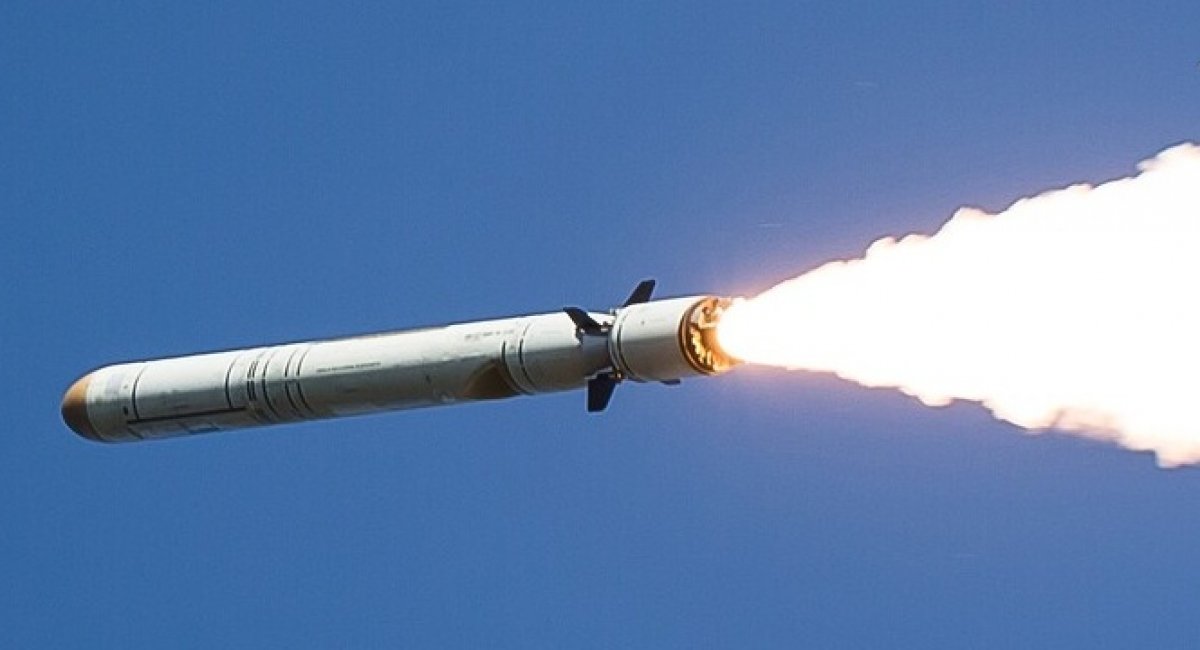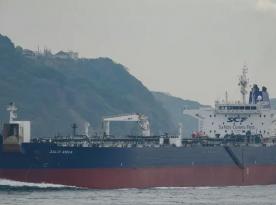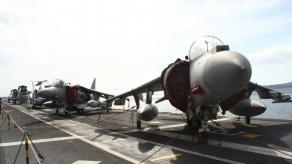Vadym Skibitsky, a representative of the Defense Intelligence of the Ministry of Defense of Ukraine told this to The New York Times in an interview.
“According to our calculations, they [russians] have missiles for another three to five waves of attacks. This is if there are 80 to 90 rockets in one wave,” said Vadym Skibitsky.
Read more: The US-made Components by the Pentagon's Supplier Company Were Found in russian Kh-101 Cruise Missile (Photo)
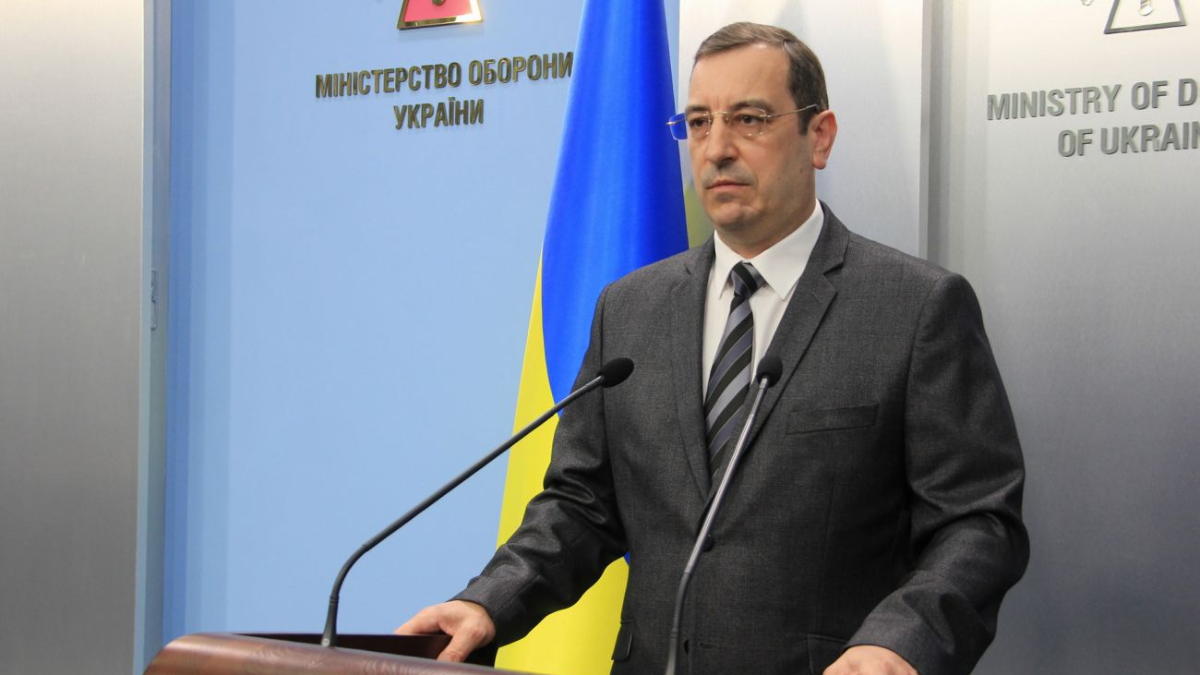
While Russia’s stockpiles of its most modern, precision missiles are widely believed to be running low, Skibitsky said that Russian arms factories had been able to build 240 precision Kh-101 cruise missiles and about 120 of the sea-based Kalibr cruise missiles since the start of the war.
The Ukrainian intelligence representative also outlined the four general directions from which Moscow is trying to penetrate Ukraine’s skies — sending missiles flying into Ukraine from the Black Sea in the south, from the area around the Caspian Sea to the southeast, from Russia in the east and from Belarus to the north.
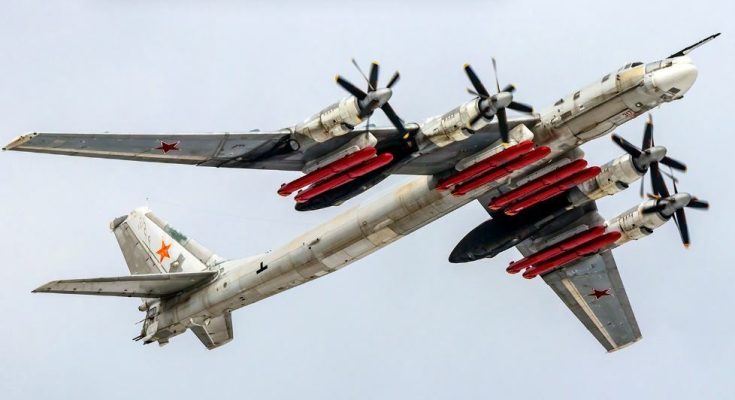
During large-scale attacks, which have featured up to about 100 missiles launched within minutes of one another, they fly in from all directions at the same time.
“Since October, the general said, the flight patterns of the Russian bombers have been changing, taking circuitous routes to avoid air defenses. But they do not enter Ukrainian air space, limiting their effectiveness,” the article reads.
Typically, Ukrainian intelligence has about an hour after Russian bombers take off from a base to track the flights before pilots reach the “fire zone” and launch missiles.
Read more: How Naval Drones At a Price of $250,000 Will Help Ukraine Attack russia’s Kalibr Cruise Missiles' Carriers, Protect Grain Corridor




